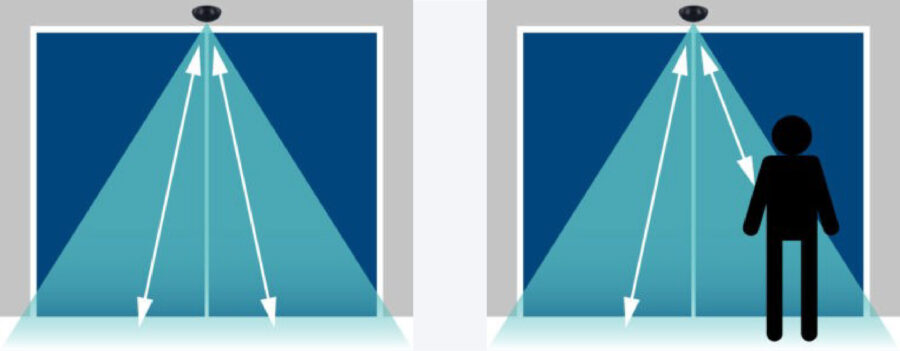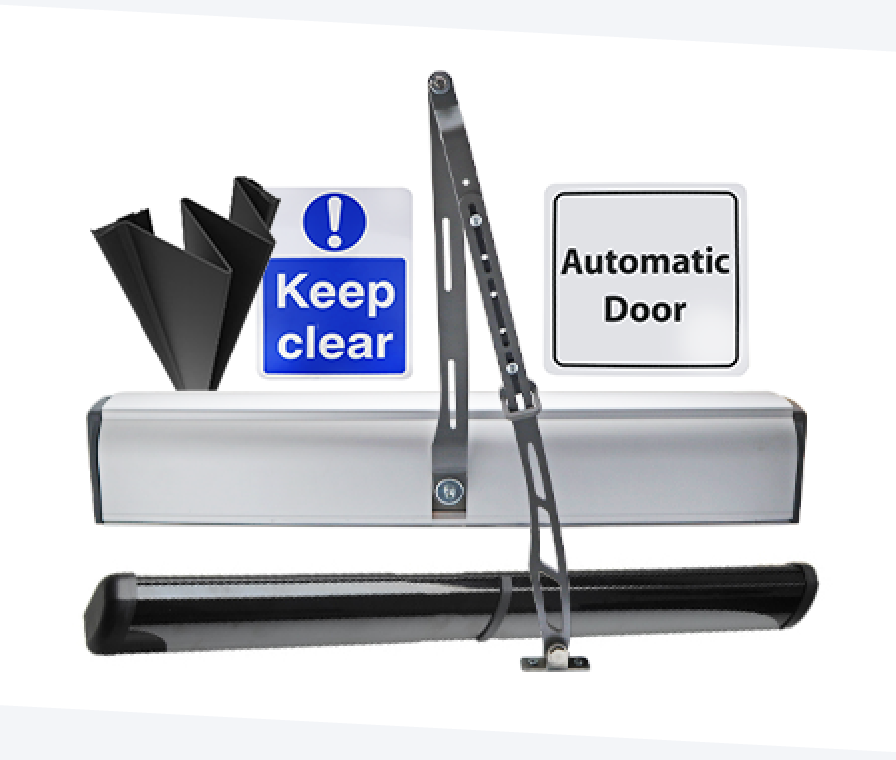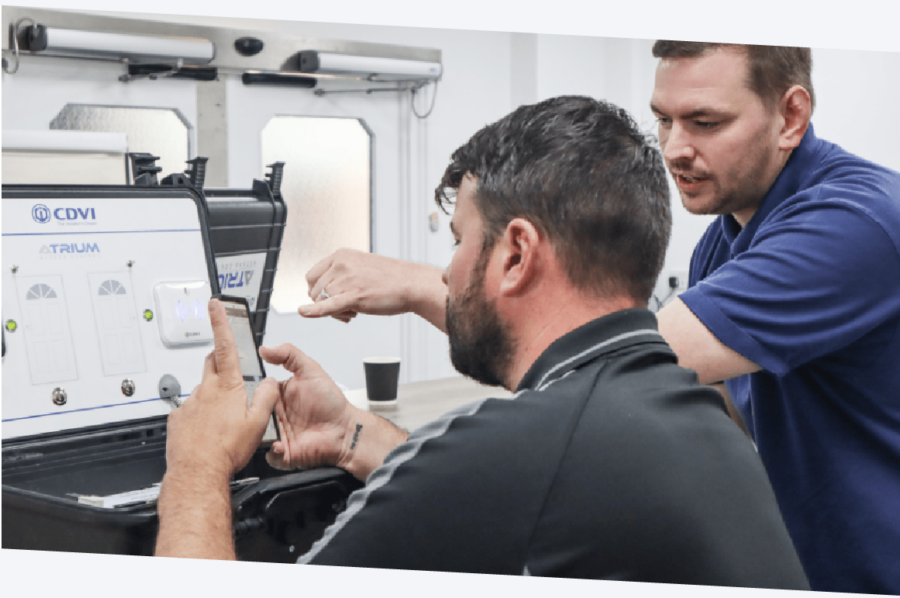Installing automatic doors is one of those things that at first glance looks pretty simple. But anyone who’s ever tried doing it knows it’s far more complicated than that. It’s a delicate skill, requiring expert knowledge and careful attention to detail. Here are some of the most common mistakes we come across – make sure you avoid them next time you’re installing!
Placing the sensors in the wrong location
Safety sensors are essential for automatic door projects. Not only are they necessary for regulatory compliance, they also make doors safer and more convenient for users. Where you place the sensors and the angle of their installation is vital. If they’re in the wrong place, it can result in unreliable door operation. The goal of trigger sensors is to open the door when a person approaches. Any other unrelated objects or movements should not trigger the door to open.

Using an inadequate power supply
An automatic door operator is a complex piece of equipment. It requires a stable power supply to ensure smooth and reliable operation. You should always consult the installation manual of your door operator for advice on the correct power supply required. If the door operator does not receive sufficient power, it could operate erratically or malfunction unexpectedly. Both these events could potentially result in injury to users.
Not calibrating the door operator correctly
The operation of an automatic door is based on a huge range of very fine measurements. Every door is slightly different in shape, size, weight, material, and environment. Each one is subject to different temperatures, air pressures, wind gusts, and any number of other factors. That’s why proper calibration of the door operator is essential for safe and smooth operation. If you don’t complete the calibration process fully, the door could open or close too slowly or too quickly, fail to reach the fully open or fully closed positions, or not respond to inputs from sensors.
Missing out safety accessories
In the UK, automatic door installations are subject to the BS EN 16005 regulations. These rules set out a range of safety features that are required for compliance. They are intended to reduce or eliminate wherever possible unintended contact between a moving automatic door and the people using it. Safety accessories include sensors, barriers, and safety stickers or signage on and around the automatic door. For full details on the regulations, installers should seek out training from the ADIA or ADSA organisations.

Neglecting regular maintenance
Doors are used a lot. Automatic door operators are machines, and the more a machine is used, the more regularly it needs maintenance work. There are a lot of moving parts and finely-tuned components in an automatic door operator. If they are not inspected and maintained regularly, the overall lifespan of the machine will be reduced. It could also result in errors, operational problems, and breakdowns. We recommend that installers should inspect automatic door installations at least once every 12 months.
Not attending installer training first
Automatic doors are complicated machines. Not just anyone can pick one up and install it on a whim. Installers should always seek professional training from the manufacturer before embarking on a project. Okay, so we’re biased, but CDVI Academy is the best place for installers to get that training! All our courses are free to attend and offer hands-on learning with real products. You’ll be confident and capable in no time.
